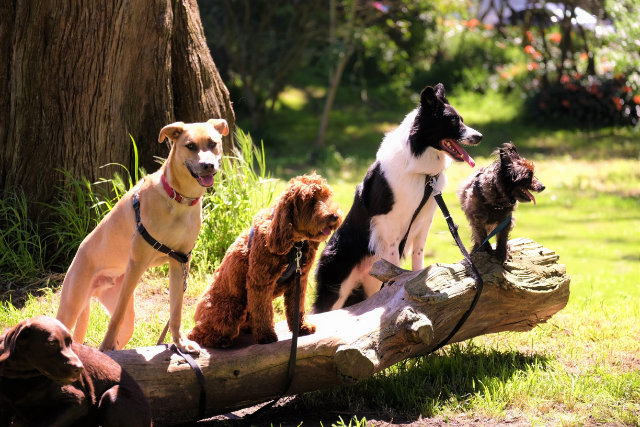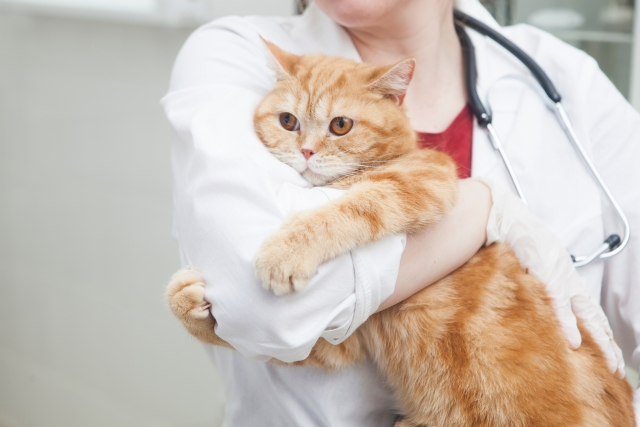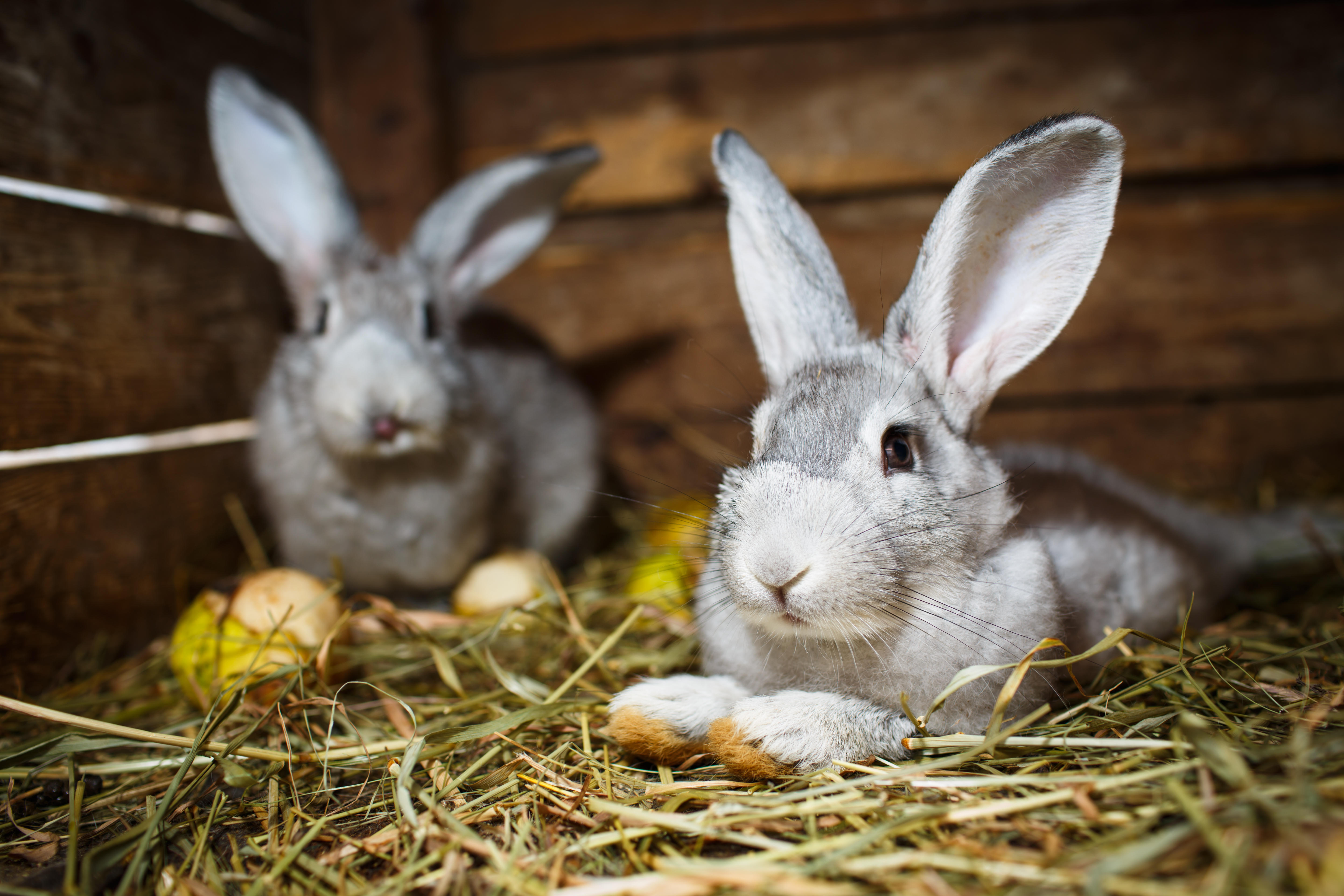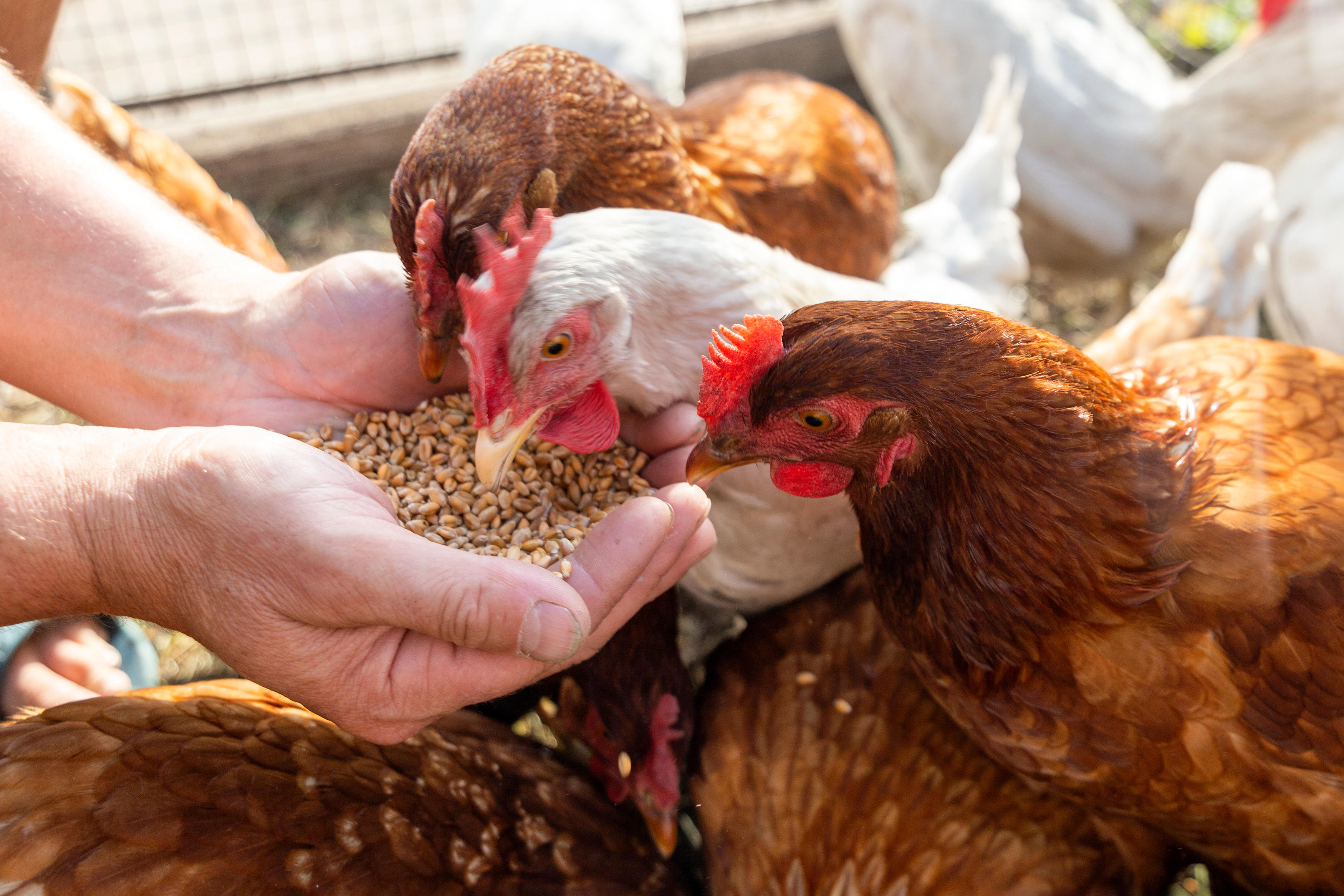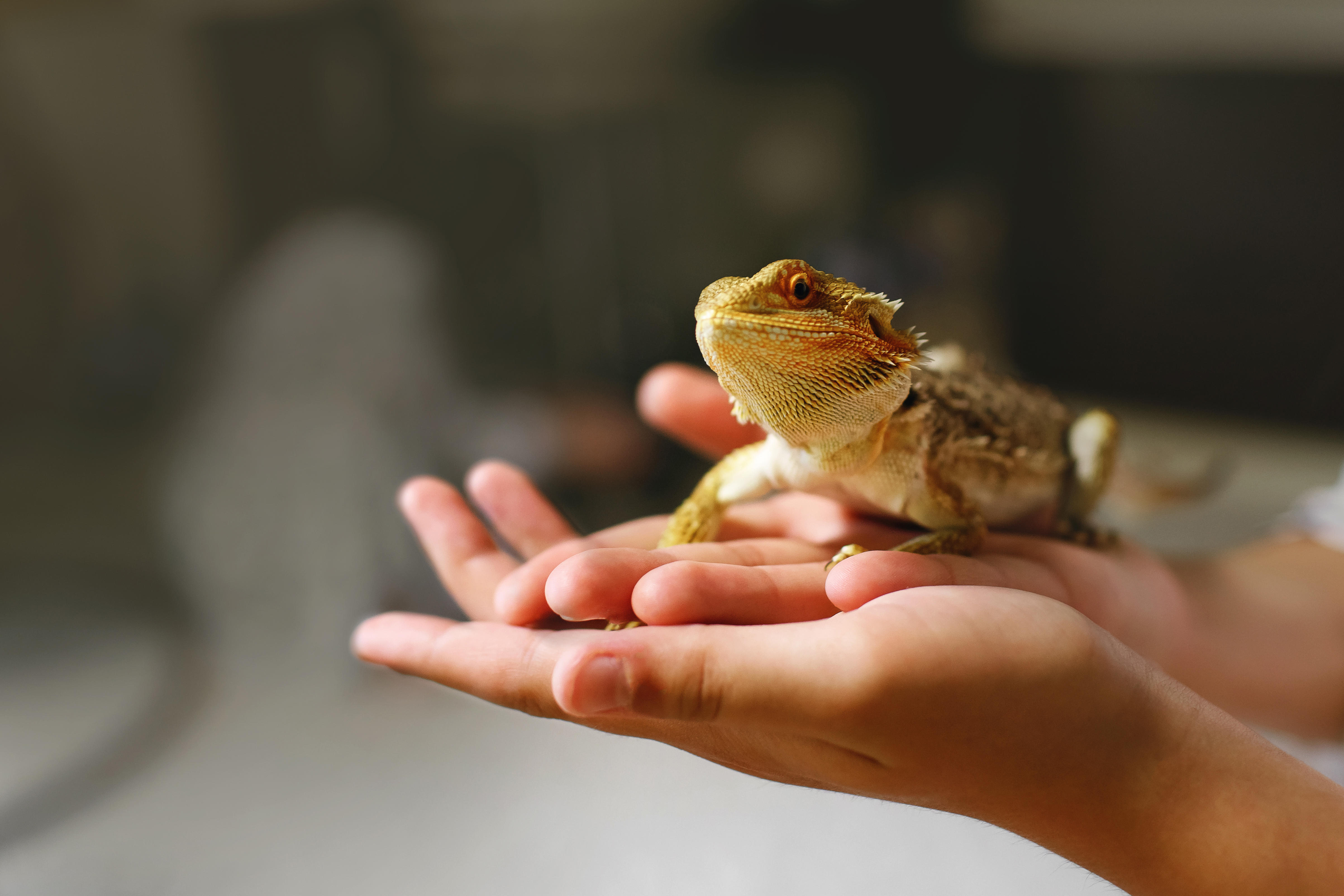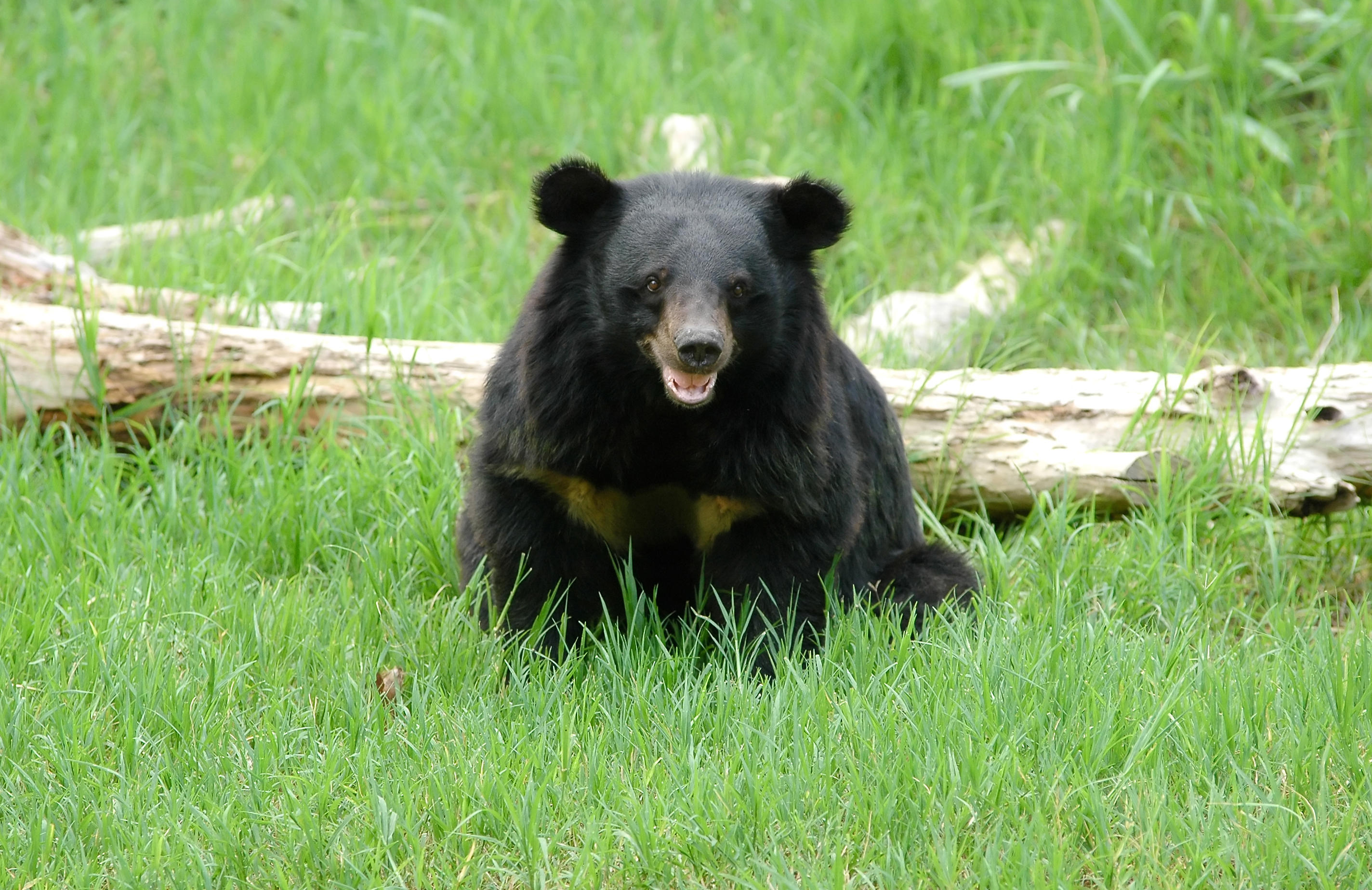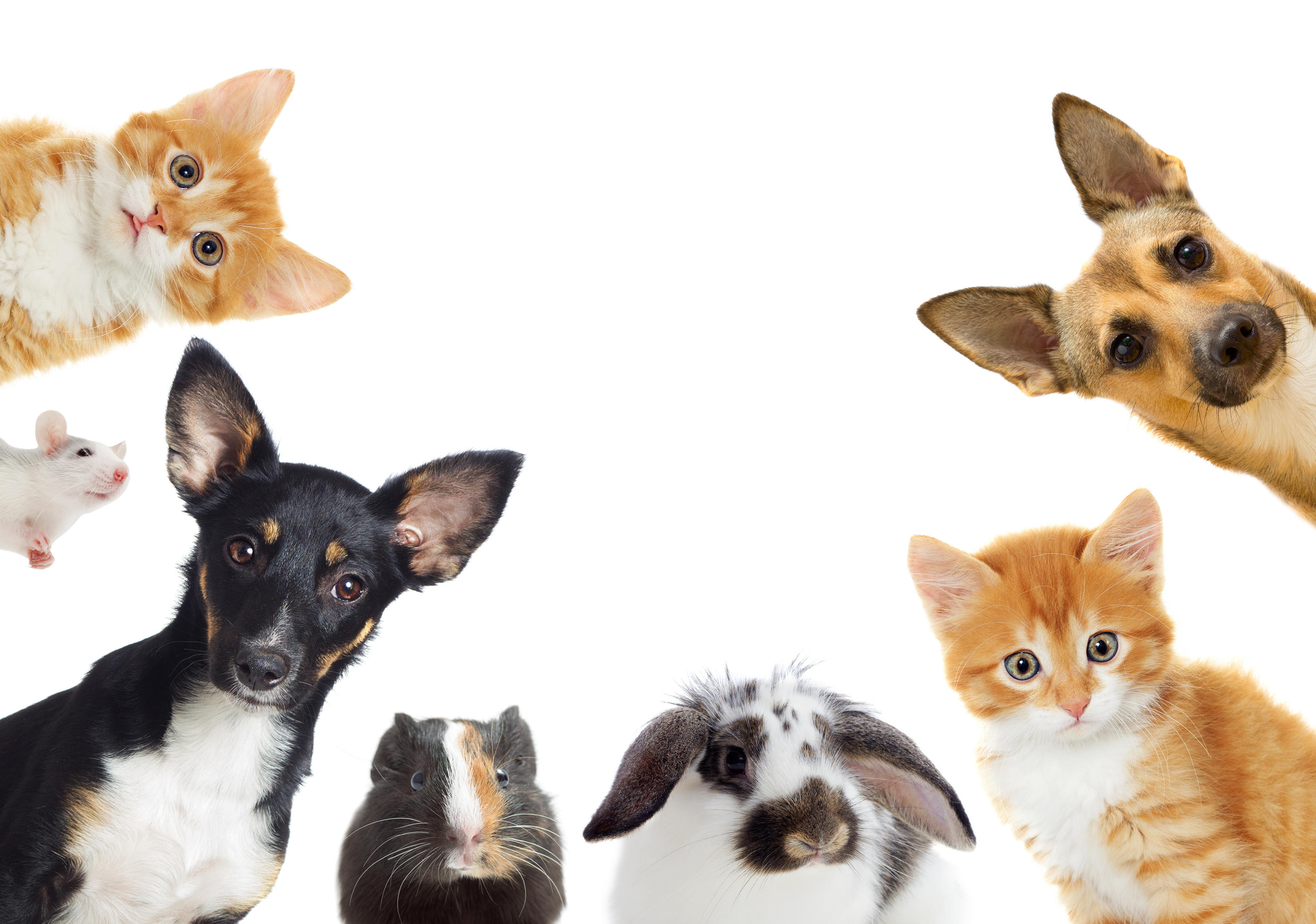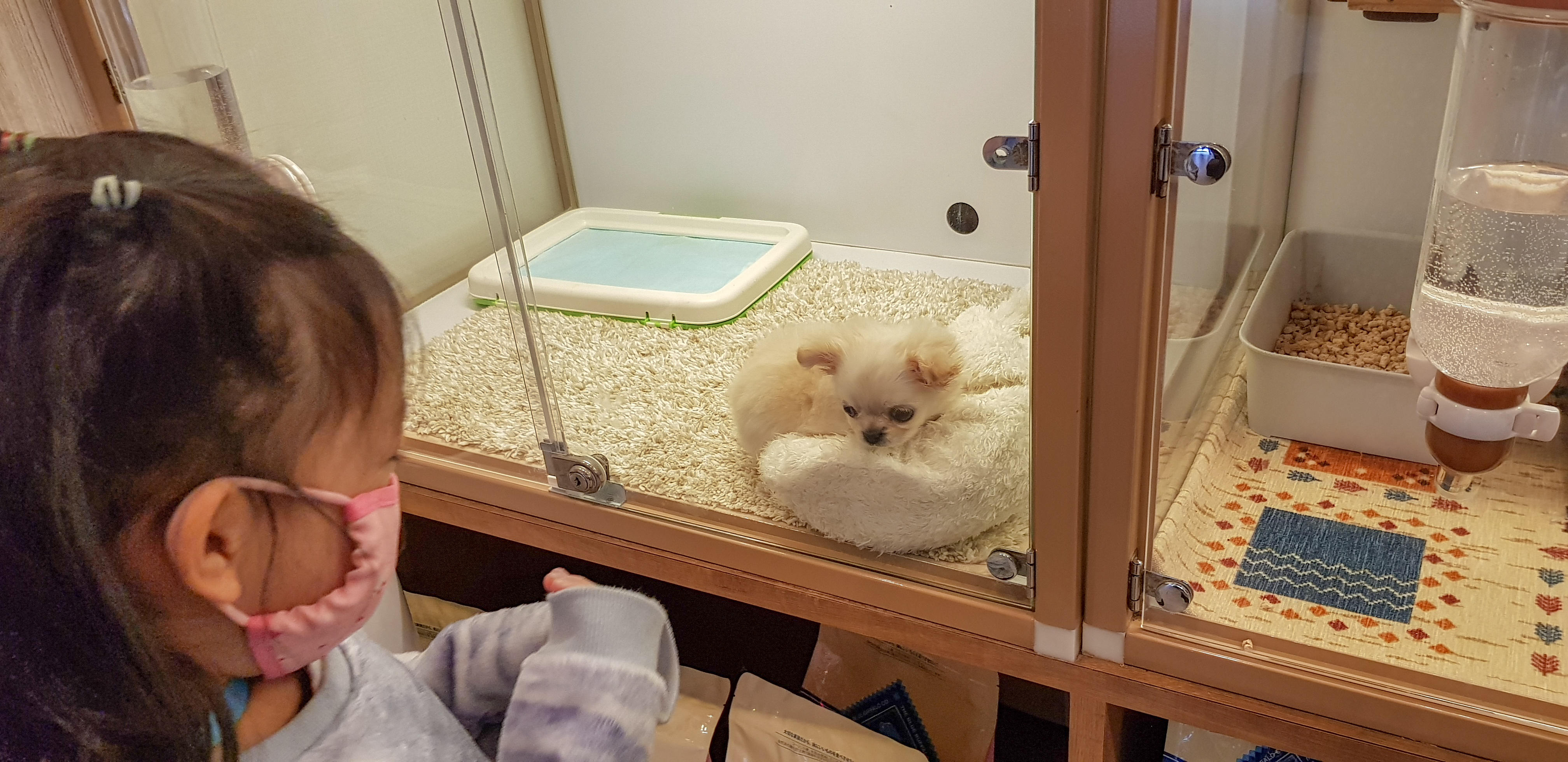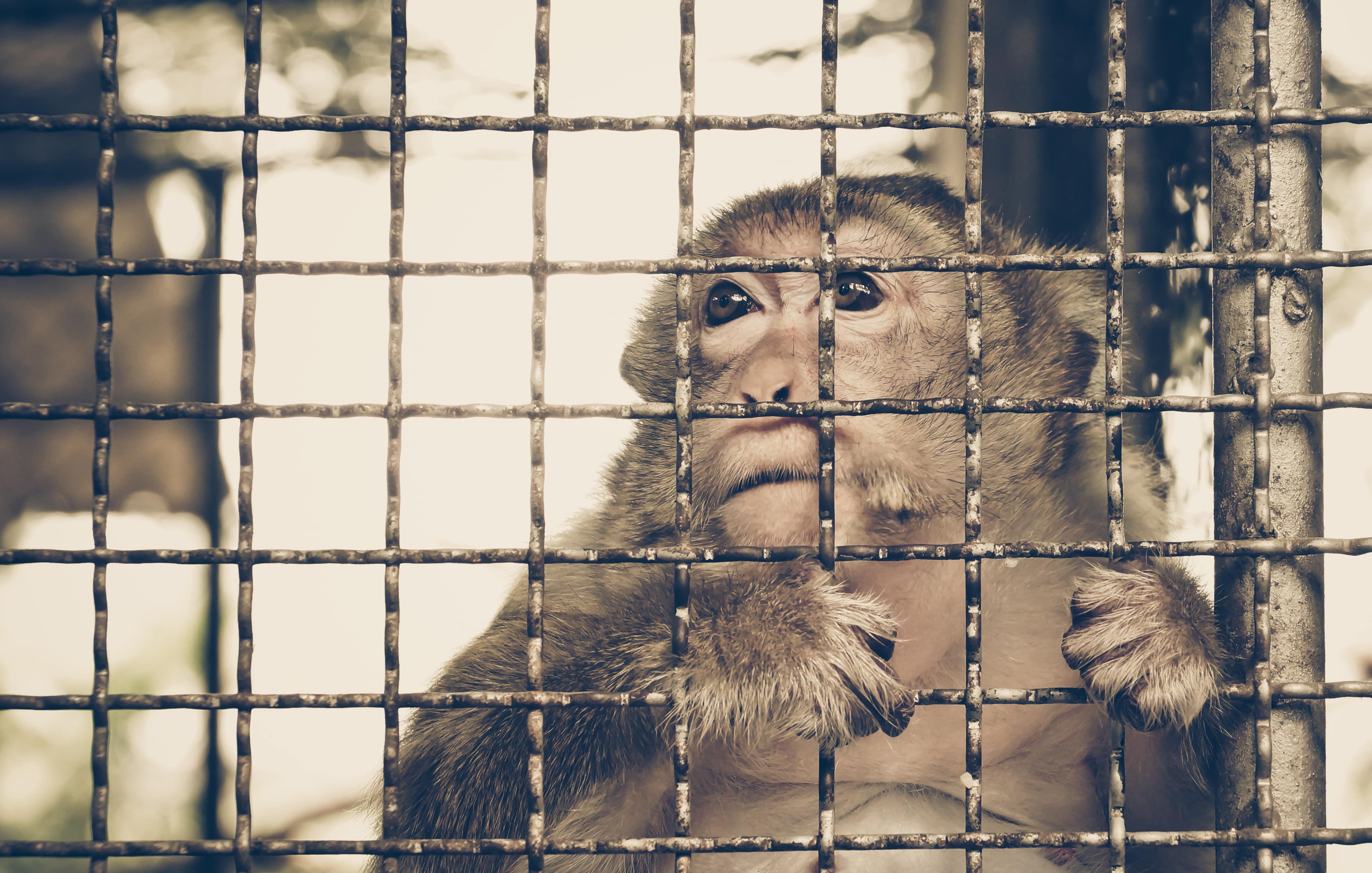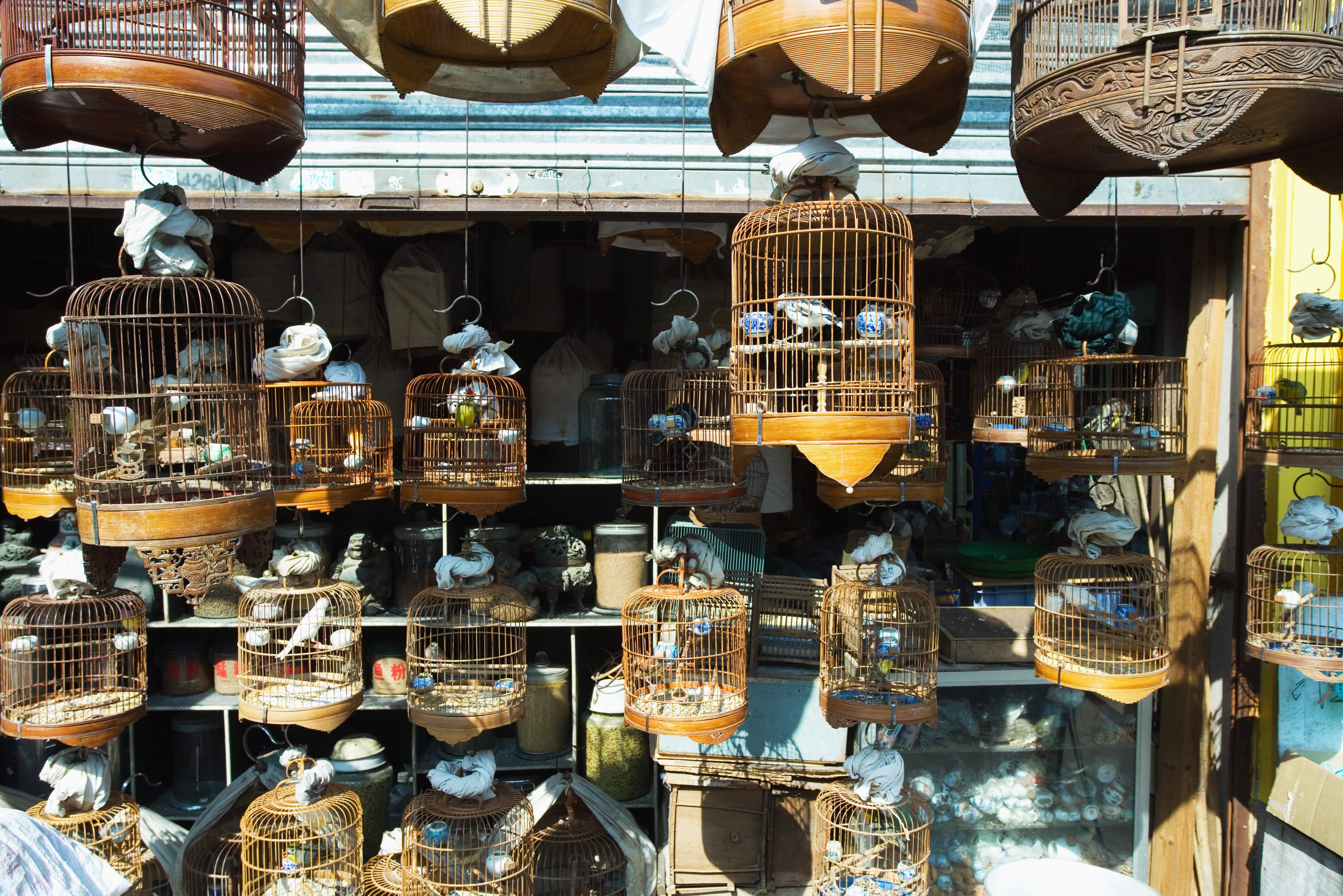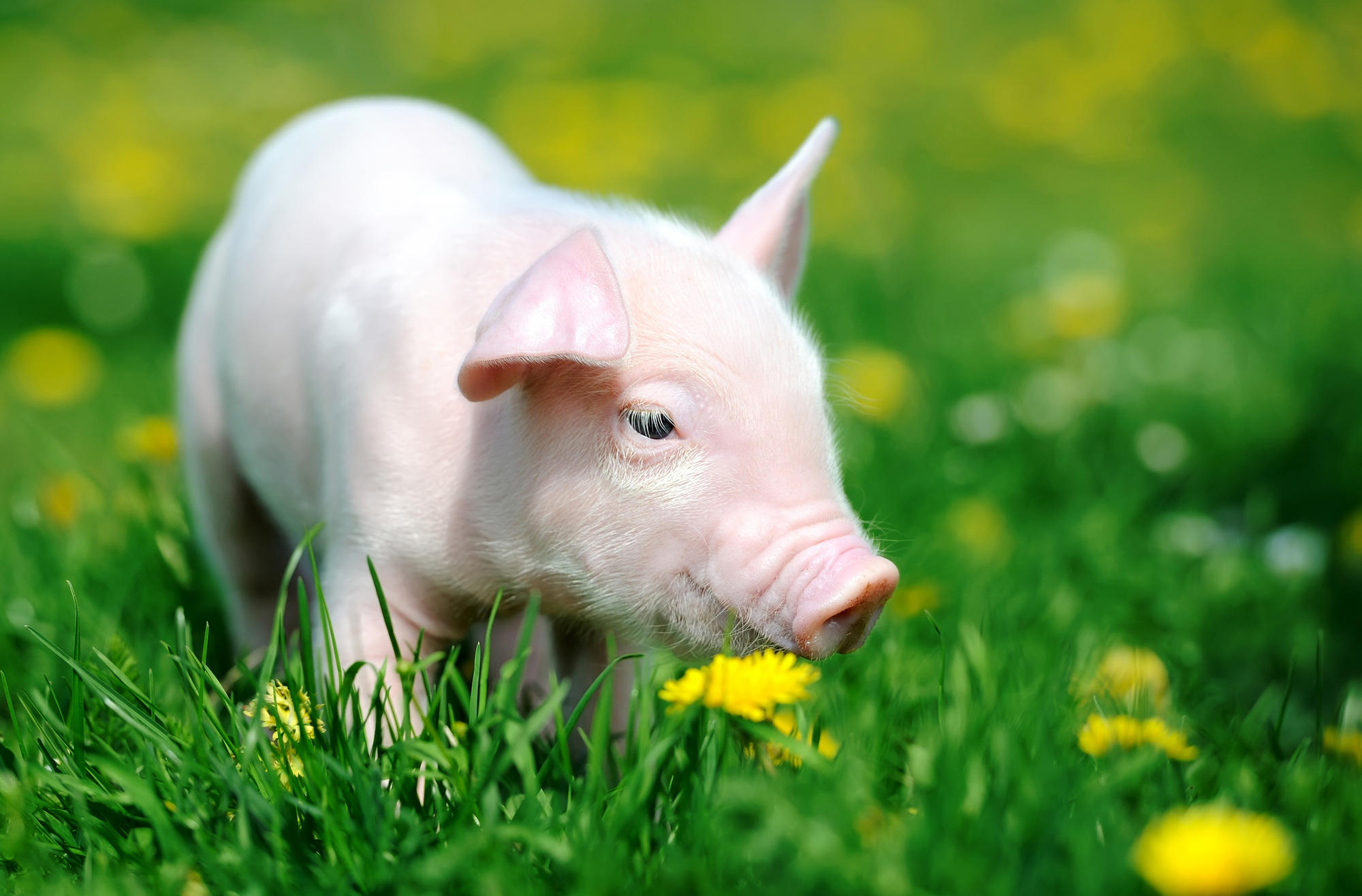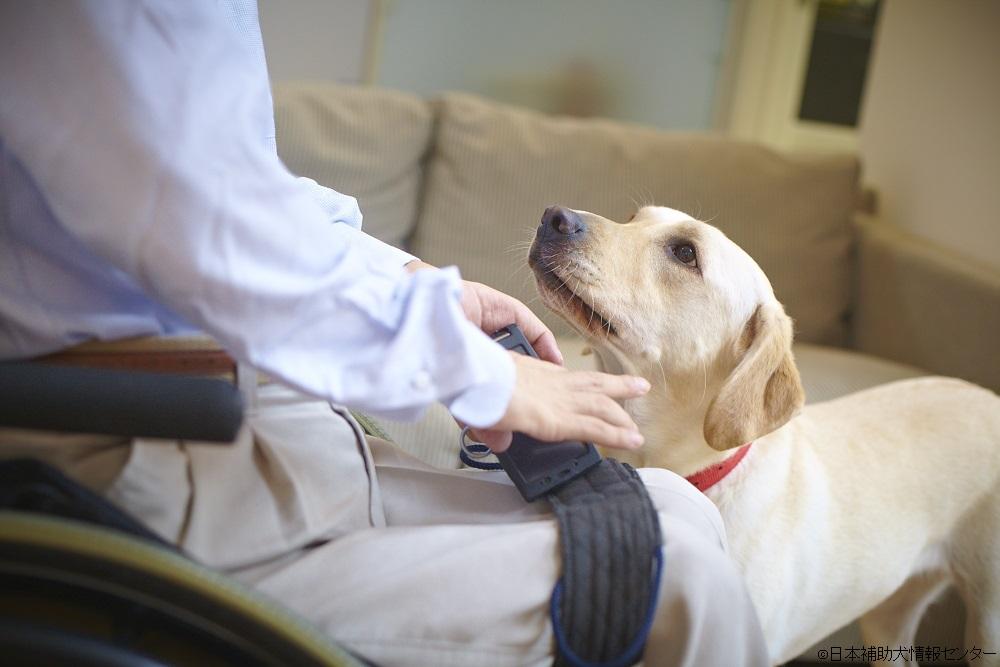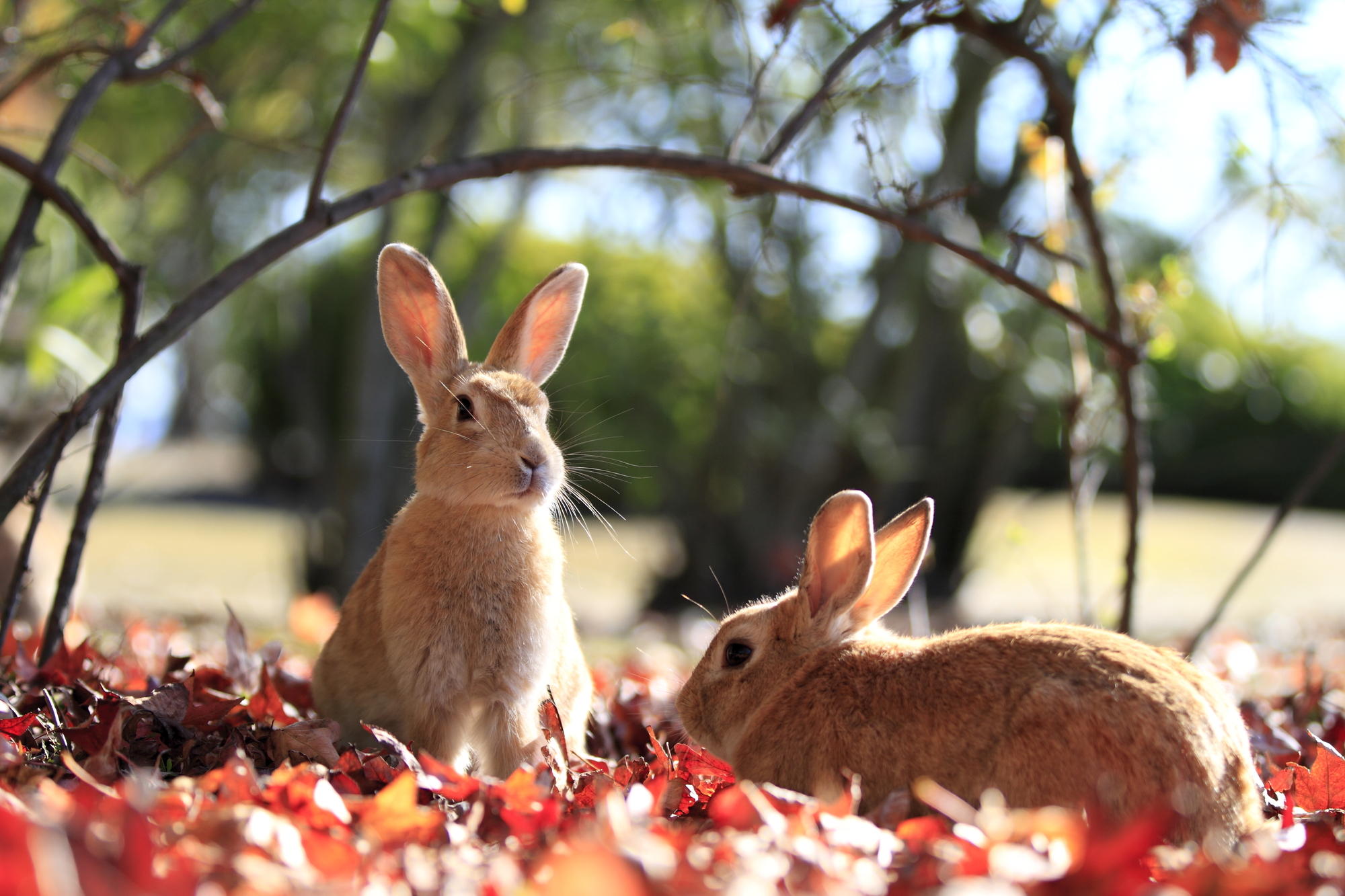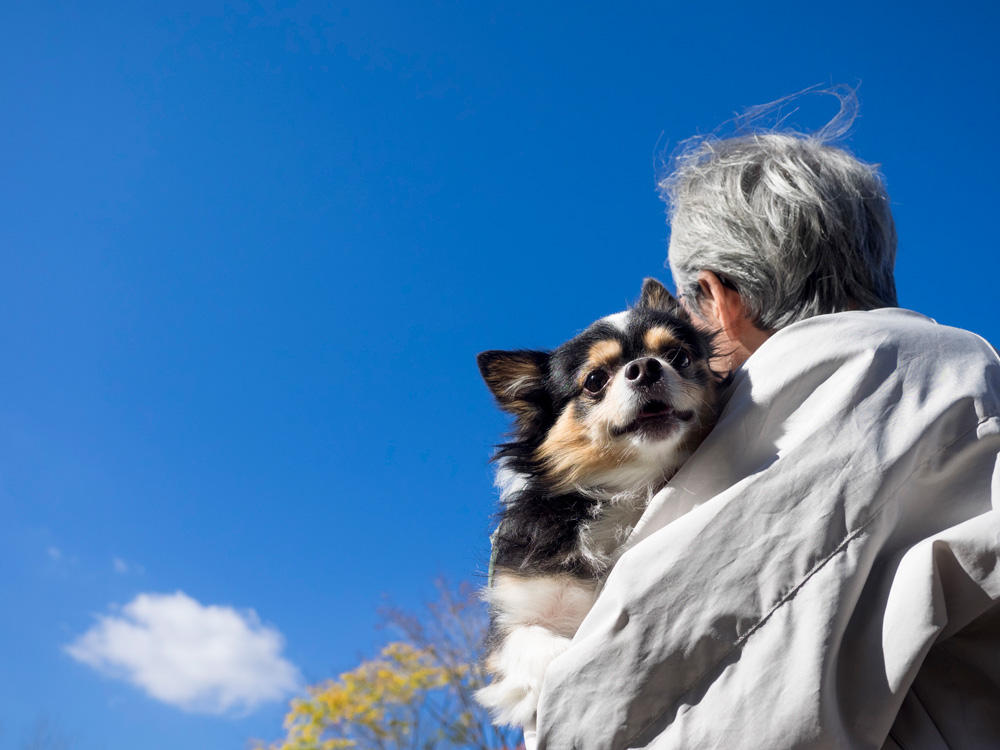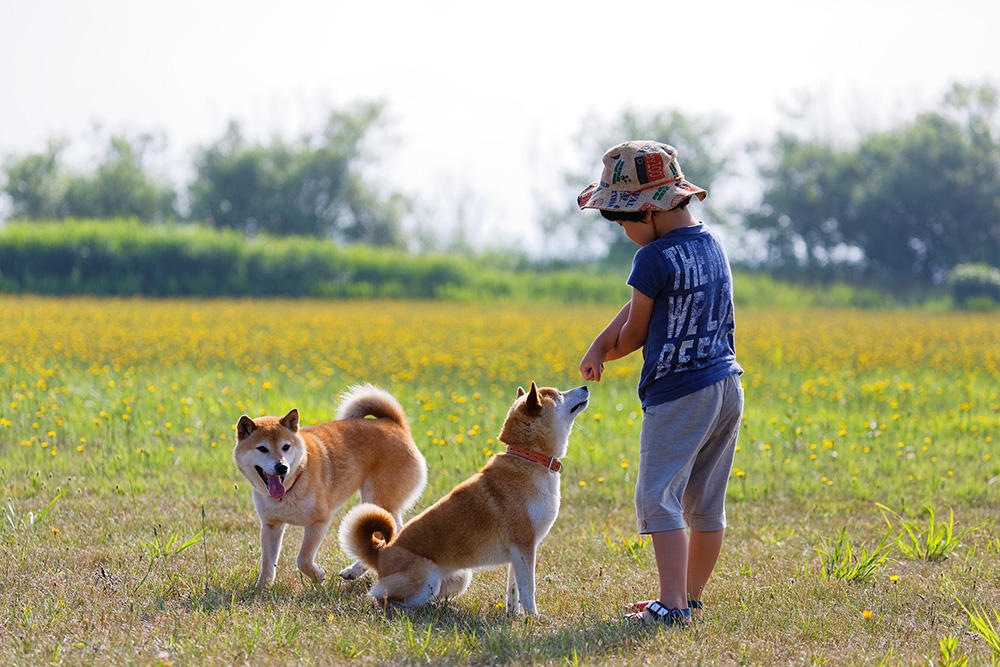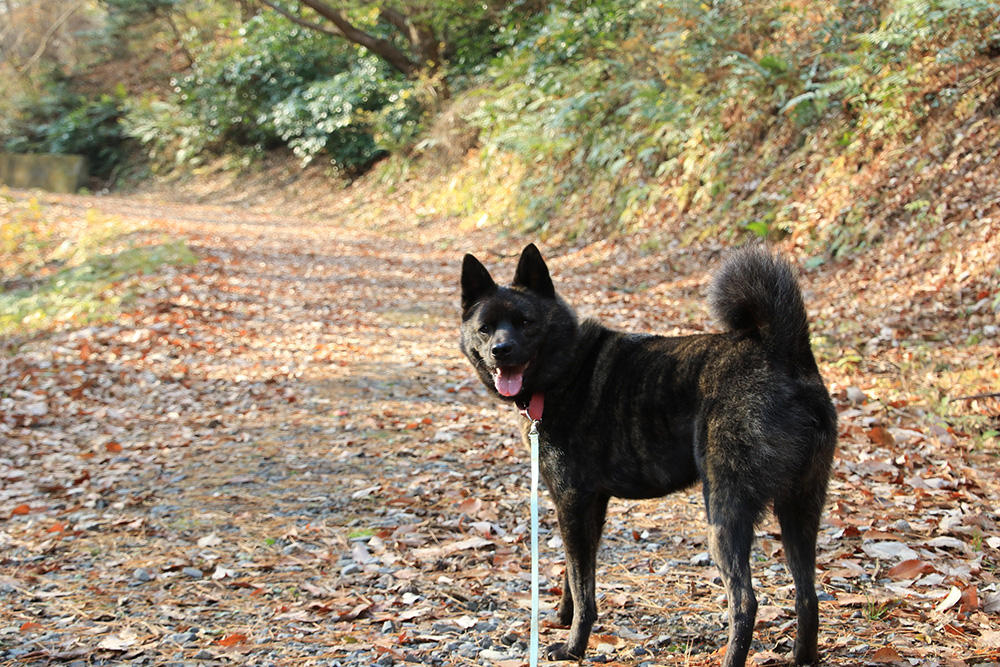The concept of veterinary social work has been around for some time. This field of work is based on the idea that human welfare and animal welfare go hand in hand. It is clear that social issues such as animal hoarding can only be resolved through a multi-agency task force. Both the animals being hoarded and the people doing the hoarding are in dire need of outside help. Thus, as animal control and animal charities take on the task of rescuing the animals being kept in appalling conditions, the people, i.e. the hoarders, must also receive help from Human Services to reorganize their life. In Japan, this cooperative effort between the human and animal sectors is rare in regional governments. The need is there, but multi-agency programs are hard to develop under the Japanese system.
However, there is one successful model program in Western Japan. Otsu City in Shiga Prefecture is home to an organization called the Council for the Welfare of Both People and Animals. The secretariat of this council is run by a local charity that rescues cats, but local Human Services are also an integral part of this organization. The council was founded in 2018 following several local issues that were detrimental to the welfare of both humans and animals. It was an attempt to open communication channels between Human Services and both Animal Control and rescue organizations. The council was formally established in June, 2018. Immediately after this, in August of the same year, the council sponsored a forum to educate the public on the need for this cooperative effort. Speakers included members of the Otsu City Coalition for Care Staff and Workers and a professor of social welfare from a local university. The event was cosponsored by the Otsu City Social Welfare Council. Nine members of the Otsu City Liaison Council for Care Staff and Workers, as well as the head of the Welfare and Child Care Division of the municipal government, attended the forum.
The Council for the Welfare of Both People and Animals recently conducted a survey of care workers in Otsu City that focused on animal issues related to their clients. Of the 75 respondents, 90.3% reported that they had faced issues related to the pets being kept by their clients. In addition, 91% stated that the situation concerning pet issues resulted in the deterioration of the clients’ living environment. Unfortunately, 50% of the respondents stated that they did not seek advice on how to resolve the pet issues, and 36% said that they did not know who to contact for advice. Some even stated that they did not seek advice simply because it did not occur to them that they should or could. This points to the fact that the client-pet issue has, to date, never been included in the field of social welfare services, that those entering the field had never been made aware of its existence. However, the results of this survey indicate that Human Services are indeed faced with problems pertaining to the animals kept in client households. They also show that the many workers in the Human Services sector do not know where to go in order to resolve these issues.
Some of the specific issues voiced by the respondents are as follows:
・No information or guidelines on how to deal with animal issues
・Clients’ inability to care for their pets
・Unavailability of temporary care for animals when clients are hospitalized
・What to do with animals after the owner dies
・Feeding of feral cats by the client becoming a local nuisance
・Clients’ inability to spay/neuter their pets
・No financial support for pet care in needy households
・No information on animal charities that may be supportive
These are but a few of the numerous issues reported by the care workers targeted in the survey. The results are, of course, from those working in Otsu City, but the issues that have become apparent in this survey are probably the same throughout the nation.
To summarize the survey, there are three basic areas that must be considered. The first is the need for a general understanding of the actual conditions in the field. For example, intervention by family members may complicate a situation. There may also exist a huge gap in the commitment felt by the owners towards their pets and the Human Services workers’ attitudes towards animals. The second is the lack of support that enhances the ability of clients with pets to continue their independent lifestyle. For example, a system that would connect clients in need of pet care support with pet sitters and volunteer groups would be very useful. The third area is the overall need for a multi-agency effort to support both human and animal simultaneously, in a “continuum”, instead of separating the two. One other point that was expressed repeatedly by many care workers was the large number of requests they received from their clients to find temporary care for their pets. Many clients prefer to ask for temporary housing for their pets during hospitalization, rather than surrendering the animals to a new home. Many care workers feel that if temporary care for their pets was readily available, it would be much easier for them to convince their clients to receive appropriate medical care through early hospitalization. This in turn would prevent medical issues from escalating, and in the long run would help the client to live a longer healthier life with their pets.
This survey, though small in scale, highlights the need to educate both the public as well as professionals on the concept of veterinary social work. This field forms the basis for words that the international community is now becoming familiar with: “One Welfare”. People the world over need to realize that their welfare is connected to, and inseparable from, that of their animal friends. Animal welfare is an integral part of social work.






